
Supercharge your lead generation with a FREE Google Ads audit - no strings attached! See how you can generate more and higher quality leads
Get My Free Google Ads AuditFree consultation

No commitment
Supercharge your lead generation with a FREE Google Ads audit - no strings attached! See how you can generate more and higher quality leads
Get My Free Google Ads AuditFree consultation

No commitment
In today's digital age, attracting local customers to your screen repair business means navigating the complexities of online advertising, with Google Ads playing a crucial role. Screen repair service providers must balance both technical and operational aspects to successfully leverage this platform. This guide offers strategies to bridge that gap effectively and ensure your Google Ads campaigns reach the right audience and convert efficiently. Missing high-value prospects because they aren't tracked can lead to lost opportunities; understanding how to capture these leads is essential.
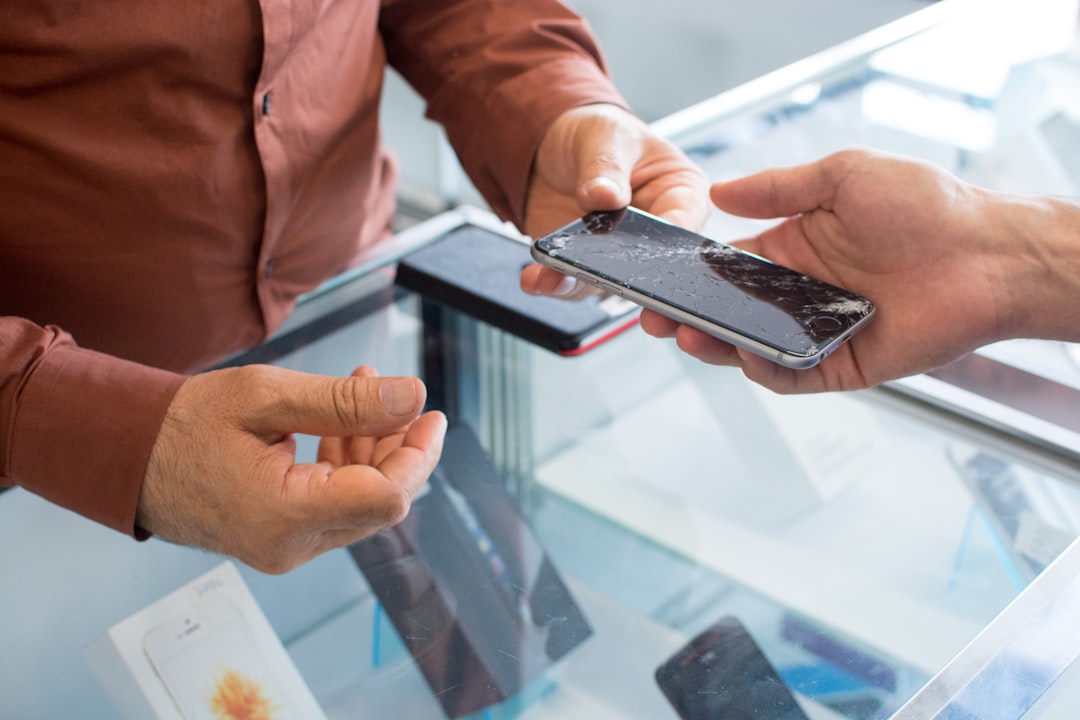
Screen repair providers thrive on rapid response and high-intent engagement, yet too many lose revenue by letting leads go cold. Leveraging Google Ads for Screen Repair enables businesses to reach motivated prospects at the exact moment they need service, ensuring a consistent pipeline of quality inquiries.
Modern digital marketing for repair services demands a data-driven approach. Screen repair advertising now hinges on connecting audience signals, intent, and channel performance, so every dollar spent translates to measurable growth. Emulent’s guide provides a deeper look at strategic pay-per-click approaches for repair businesses.
Delayed follow-up is the silent killer of screen repair conversions. Today’s prospects expect near-instant engagement after clicking an ad or submitting a form—any delay can push them toward competitors. Connecting Google Ads for phone repair with technology that instantly identifies visitors and syncs lead details to your CRM ensures every hot lead is prioritized. Tools like Sona help with real-time visitor identification and seamless CRM integration, allowing sales teams to act at the right moment.
When your marketing system recognizes a visitor’s company and intent in real time, sales teams can immediately reach out with relevant offers, turning fleeting interest into booked appointments.
Effective online advertising for screen repair is built on actionable data. Marketers need a unified view of campaign performance, from keyword clicks to in-store visits. By integrating advanced tracking and attribution, you can tie every conversion—whether online or offline—back to the precise ad and keyword that drove it. This clarity empowers budget shifts toward the highest converting channels and audiences, revealing not just clicks but true revenue impact.
For more insights on connecting ad performance and revenue, check out our guide on attribution.
With enriched lead and account data flowing between your ad platform and CRM, it becomes possible to identify which campaigns generate not just form fills, but real customers. This feedback loop allows for continuous optimization, ensuring your Google Ads strategies are always grounded in measurable business outcomes.
Targeting is the core of successful AdWords for repair shops. High-converting campaigns use tightly focused keyword strategies: device type, urgency, and local intent are all considered. For example, “emergency iPhone screen repair near me” captures in-market buyers ready to act. Marketers can dynamically build audiences that update as users move through the funnel, ensuring retargeting reaches only those most likely to convert.
When your platform syncs enriched audiences—based on CRM segmentation, lifetime value, or recent offline conversions—into Google Ads, you eliminate wasted impressions and focus spend on high-potential accounts. Platforms like Sona are designed to help marketers build and sync high-converting audiences directly to ad platforms, boosting both efficiency and customer satisfaction.
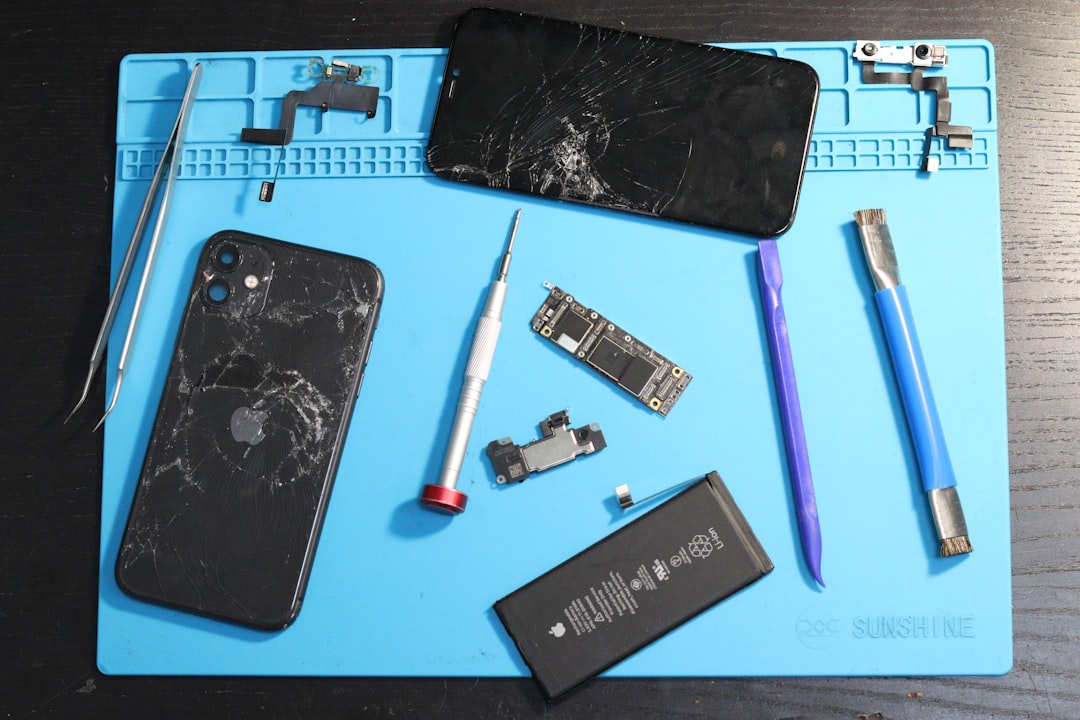
Landing pages must be purpose-built for each campaign. A successful screen repair landing page loads quickly, mirrors ad messaging, and showcases trust factors like reviews, certifications, and transparent pricing. When a visitor’s search intent is matched by relevant content and a frictionless booking form, conversion rates climb.
For repair businesses with multiple locations or service offerings, dynamic landing pages that adapt content based on ad group or keyword enhance personalization. Google’s resource provides guidance on creating effective landing pages for ad campaigns.
Integrating call tracking and form attribution ensures every conversion is accurately credited, closing the loop between ad spend and ROI.
Continuous performance optimization separates high-growth repair shops from stagnant competitors. Marketers should analyze which keywords, ads, and audiences produce the greatest value—not just clicks—and reallocate budget accordingly. Advanced conversion tracking captures both online bookings and offline walk-ins, ensuring a full-funnel view of results.
Optimizing for seasonality and device trends, and layering in audience insights from previous campaigns, keeps your strategy agile. For a practical guide on boosting your Google Ads results in the repair sector, see RepairLift.
Smart bidding strategies further stretch budgets, while real-time intent signals allow for rapid adjustments when market conditions shift.
The most effective Google Ads targeting for repair businesses happens when campaigns are not run in isolation. Integrating Google Ads with email, social, and direct outreach provides multiple touchpoints to nurture leads. When your data platform automatically syncs new leads and enriched profiles across channels, you reduce manual effort and ensure consistent messaging.
As leads move through the funnel, dynamic audiences and real-time updates enable coordinated retargeting—delivering the right message at the right time across every channel. This approach not only maximizes conversions, it creates a seamless customer experience that builds loyalty and drives repeat business.
Ready to streamline your lead capture and drive more revenue? Get started with a tailored onboarding experience.
Screen repair businesses operate in a market where in-the-moment intent drives buying decisions, making precise digital marketing essential. Google Ads empowers these companies to surface their services directly to individuals experiencing urgent device issues and searching for immediate solutions.
Google Ads for Screen Repair is ultimately about connecting need with solution in real time, leveraging modern analytics and automation to maximize ROI and customer satisfaction. Interested in actionable strategies? Explore our ROAS guide for screen repair businesses.
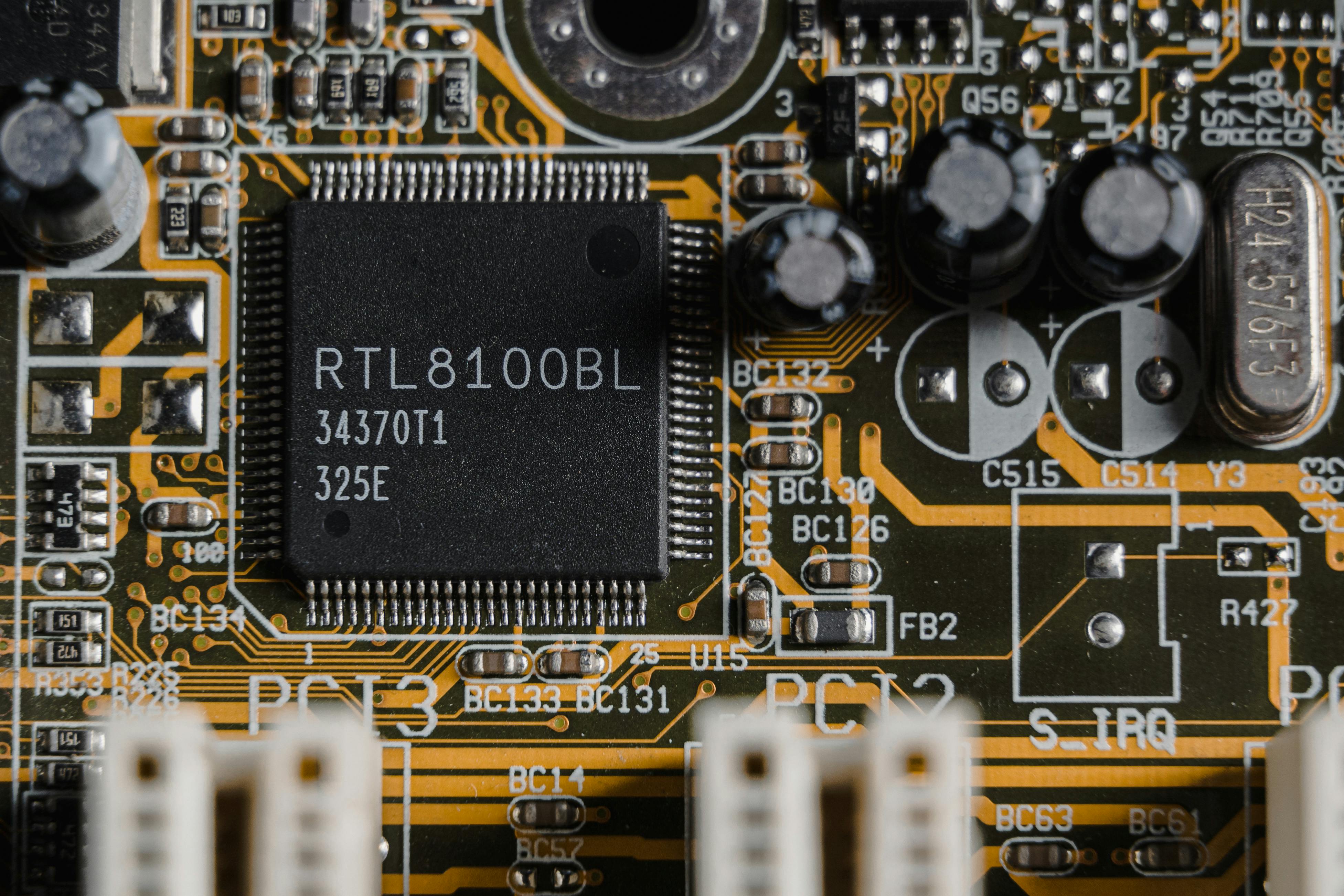
A strong Google Ads strategy for screen repair services uses several campaign types, each aligned to the customer journey and optimized for conversion at every touchpoint. Smart revenue teams know that blending intent-driven search with visual and retargeting tactics maximizes exposure and captures urgent demand, all while building long-term brand equity in a competitive local market.
Unifying campaign management and measurement across these formats allows marketers to identify customer paths, attribute revenue, and activate personalized experiences that move leads from searchers to loyal customers. Google Ads campaign types provides a deeper look at these advertising formats.
Each campaign type plays a critical role in a holistic digital marketing strategy for screen repair businesses. For more insights on optimizing performance, check out our guide on Google Ads ROI. By leveraging unified go-to-market data, teams can coordinate these campaigns for superior attribution, real-time optimization, and higher conversion rates across every channel.

Screen repair businesses that seek significant growth must look beyond standard digital channels and embrace a data-driven, targeted approach. Precision targeting reduces budget waste by focusing investment on quality leads with a demonstrated likelihood of conversion. This method not only sharpens campaign performance but also uncovers fresh market segments often missed by broad targeting strategies.
Conducting a comprehensive competitor gap analysis reveals underserved customer segments and competitor blind spots. By leveraging unified, account-level data, revenue teams can map out regions, device types, or customer profiles that lack adequate service coverage. This analysis enables businesses to refine their Google Ads for Screen Repair strategies, adjusting bids and creative to reach audiences competitors overlook. Emulent provides a deeper look at PPC strategies tailored for auto repair and related verticals.
Industry-specific placements in relevant forums and directories offer another avenue for expansion. These platforms attract users with immediate repair needs, resulting in higher intent and stronger ROI compared to generic ad networks. Platforms like Sona are designed to identify high-intent visitors and unify intent data, helping screen repair marketers pinpoint companies or individuals ready to buy and bridging the gap between search-driven awareness and direct engagement.
Developing a robust content retargeting strategy further extends reach among in-market prospects. By deploying how-to videos, troubleshooting guides, and expert repair tips, advertisers can nurture leads who may not convert immediately. As leads engage with content and move through the funnel, dynamic audience updates ensure that remarketing campaigns serve the right message at the right moment. For more insights on boosting Google Ads ROAS in the repair vertical, check out our guide on retargeting strategies. Synchronized audience and conversion data between Google Ads for Screen Repair, CRM, and sales systems ensures every campaign dollar supports measurable business outcomes.
Audience segmentation is critical to efficient Google Ads for Screen Repair campaigns. By aligning your targeting with specific customer journeys, you transform outreach from generic impressions into tailored engagement, increasing conversion rates and reducing wasted spend. Effective segmentation ensures your message reaches the right device owners at the perfect decision-making moment.
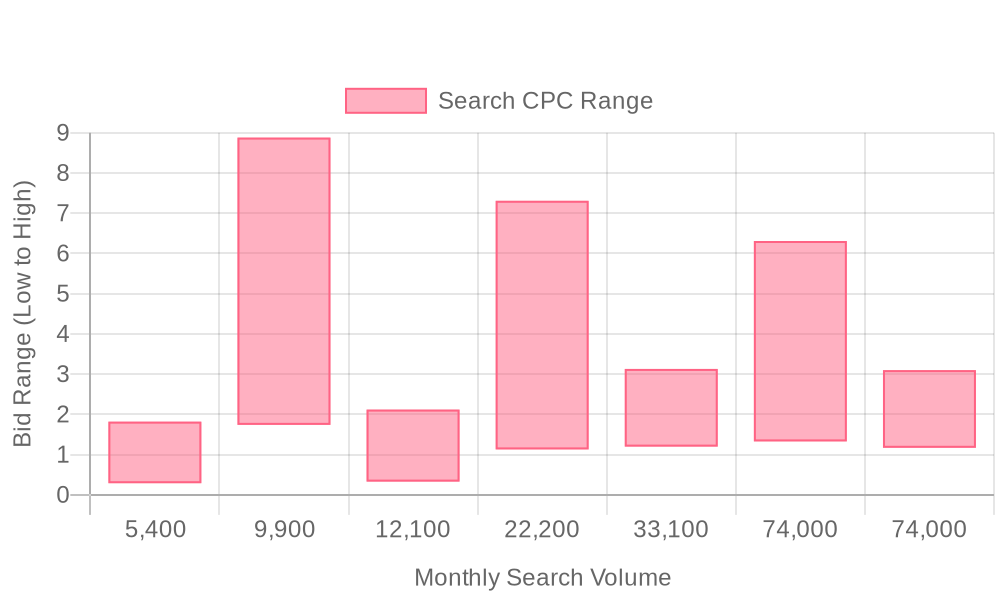
| Industry | Keyword | Monthly Search Volume | Competition Level | Low Bid | High Bid |
| Screen Repair | iphone xr screen replacement | 5400 | HIGH | 0.29 | 1.82 |
| Screen Repair | screen replacement near me | 9900 | LOW | 1.74 | 8.88 |
| Screen Repair | iphone 11 screen replacement | 12100 | HIGH | 0.33 | 2.12 |
| Screen Repair | screen repair | 22200 | LOW | 1.13 | 7.31 |
| Screen Repair | phone screen repair | 33100 | LOW | 1.2 | 3.13 |
| Screen Repair | screen repair near me | 74000 | LOW | 1.33 | 6.31 |
| Screen Repair | phone screen repair near me | 74000 | LOW | 1.17 | 3.1 |
Screen repair businesses succeed in digital marketing by deploying a keyword strategy that intercepts high-intent searches and filters out low-value clicks. The right approach balances precision with breadth, ensuring campaigns capture users who are ready to convert while avoiding wasted spend on non-commercial queries. Professionals who align keyword selection with user intent see measurable improvements in both ad relevance and downstream sales outcomes.
Through the combined use of precision targeting, high-intent keyword focus, and negative keyword management, screen repair advertisers can unify their campaign strategy around real business outcomes. Integrating advanced tools that sync audience and keyword performance directly into sales and CRM workflows further closes the loop, enabling both marketing and sales teams to act on unified, actionable data. For more insights on boosting campaign ROI, check out our guide on intent signals. This approach lays the groundwork for sustainable growth and measurable ROI in the competitive screen repair market.
Screen repair businesses operate in a hyper-competitive local services market where precision in digital marketing directly impacts revenue. Success is determined by the ability to attract urgent, high-intent visitors and efficiently convert them into scheduled repairs or in-store visits. Delivering a seamless, data-informed customer journey is the fastest path to reducing wasted spend and maximizing marketing ROI.
A meticulous campaign execution framework, tailored for Google Ads for Screen Repair, ensures every stage—from keyword targeting to conversion tracking—is optimized for both policy compliance and peak performance. Each step below has been designed to help digital marketers and revenue teams execute faster, with stronger attribution and actionable insights. For a deeper tactical breakdown, Google Ads policy guidelines provide essential compliance benchmarks for local service advertisers.
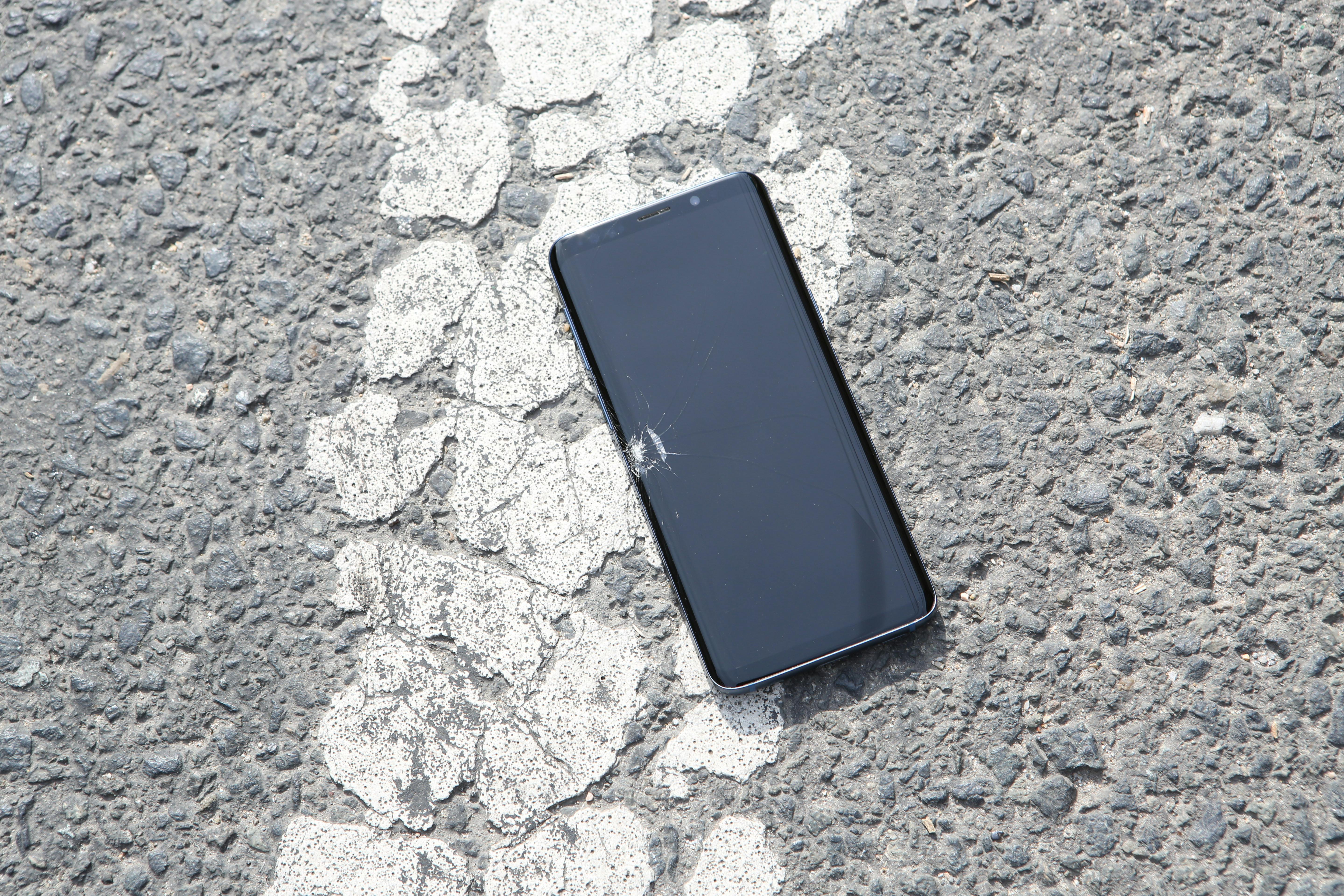
Screen repair businesses can achieve sustained growth by moving beyond transactional marketing and embracing strategies that nurture engagement across the customer journey. Combining educational content, upselling tactics, and agile audience management ensures your brand remains relevant and top-of-mind, even as consumer behavior shifts.
Executing high-performing Google Ads campaigns for screen repair businesses hinges on methodical keyword targeting and precise audience segmentation. Identifying the most relevant device issues and intent signals lets you focus ad spend on those most likely to convert, ensuring budgets are allocated for maximum return.
High-impact creative assets and seamless user experiences are fundamental for capturing attention and driving action. Well-crafted ad copy, combined with tailored landing pages, delivers a consistent brand message and addresses the unique needs of customers searching for screen repair solutions. Leveraging real-time data and customer insights enables you to adapt creative elements and offers dynamically, increasing relevance and conversion rates.
Ongoing, real-time optimization is critical for maintaining performance as market conditions shift. Access to accurate and unified data allows you to identify high-converting audiences in the moment and dynamically adjust bid strategies or messaging. Solutions such as Sona support automatic syncing of enriched lead and audience data into Google Ads, enabling more precise retargeting and upsell campaigns.
Comprehensive integration with your overall marketing strategy ensures that every digital touchpoint works in concert, moving prospects through the funnel efficiently. Emulent PPC Google Ads Guide provides a deeper look at how auto repair shops can align online advertising with offline touchpoints to better attribute ROI across channels.
Navigating the intricacies of Google Ads for screen repair unlocks opportunities to boost conversion rates and dominate your local market. Applying the structured tactics and expert insights above positions your business to attract high-intent prospects and convert them efficiently. Addressing bottlenecks like outdated audience data or sluggish follow-up can dramatically improve outcomes. Now is the optimal moment to integrate these strategies, ensuring your business remains visible, competitive, and primed for growth in the evolving landscape of digital marketing for repair services.
Running successful Google Ads for your screen repair business doesn’t have to feel like navigating a maze of restrictions and guesswork.
By now, you’ve seen how to craft compliant, high-converting ads, leverage local targeting, and optimize your campaigns for maximum visibility—all while staying within Google’s guidelines. These strategies put you ahead of competitors who struggle with vague messaging or ineffective targeting.
Imagine turning those clicks into loyal customers, growing your repair business with every well-placed ad. The tools and insights are within reach—you just need to take the next step.
Ready to see how powerful your campaigns can be? Start for free to experience our platform and its capabilities.
Best practices include using targeted keyword strategies, timely engagement with prospects, integrating advanced tracking and attribution, and using a unified view of campaign performance to optimize budget allocation.
Ads may be denied due to non-compliance with Google Ads policy guidelines, which require consistency in ad messaging, proper keyword targeting, and adherence to advertising standards.
Use high-intent keywords such as 'emergency iPhone screen repair near me,' incorporate device type and urgency, and include location-based terms to capture local intent.
Optimize your budget by shifting funds to high-converting channels and audiences, using smart bidding strategies, and leveraging data-driven insights to prioritize high-intent prospects.
Common restrictions include adhering to Google's advertising policies, ensuring ad content is relevant and consistent, and avoiding misleading or broad, generic messaging that can dilute ROI.
Join results-focused teams combining Sona Platform automation with advanced Google Ads strategies to scale lead generation

Connect your existing CRM

Free Account Enrichment

No setup fees
No commitment required

Free consultation

Get a custom Google Ads roadmap for your business
Join results-focused teams using Sona Platform automation to activate unified sales and marketing data, maximize ROI on marketing investments, and drive measurable growth

Connect your existing CRM

Free Account Enrichment

No setup fees
No commitment required

Free consultation

Get a custom Google Ads roadmap for your business
Over 500+ auto detailing businesses trust our platform to grow their revenue
Join results-focused teams using Sona Platform automation to activate unified sales and marketing data, maximize ROI on marketing investments, and drive measurable growth

Connect your existing CRM

Free Account Enrichment

No setup fees
No commitment required

Free consultation

Get a custom Google Ads roadmap for your business
Over 500+ auto detailing businesses trust our platform to grow their revenue
Join results-focused teams using Sona Platform automation to activate unified sales and marketing data, maximize ROI on marketing investments, and drive measurable growth

Connect your existing CRM

Free Account Enrichment

No setup fees
No commitment required

Free consultation

Get a custom Google Ads roadmap for your business
Over 500+ auto detailing businesses trust our platform to grow their revenue
Join results-focused teams using Sona Platform automation to activate unified sales and marketing data, maximize ROI on marketing investments, and drive measurable growth

Connect your existing CRM

Free Account Enrichment

No setup fees
No commitment required

Free consultation

Get a custom Google Ads roadmap for your business
Over 500+ auto detailing businesses trust our platform to grow their revenue
Our team of experts can implement your Google Ads campaigns, then show you how Sona helps you manage exceptional campaign performance and sales.
Schedule your FREE 15-minute strategy sessionOur team of experts can help improve your demand generation strategy, and can show you how advanced attribution and data activation can help you realize more opportunities and improve sales performance.
Schedule your FREE 30-minute strategy sessionOur team of experts can help improve your demand generation strategy, and can show you how advanced attribution and data activation can help you realize more opportunities and improve sales performance.
Schedule your FREE 30-minute strategy sessionOur team of experts can help improve your demand generation strategy, and can show you how advanced attribution and data activation can help you realize more opportunities and improve sales performance.
Schedule your FREE 30-minute strategy sessionOur team of experts can help improve your demand generation strategy, and can show you how advanced attribution and data activation can help you realize more opportunities and improve sales performance.
Schedule your FREE 30-minute strategy session





Launch campaigns that generate qualified leads in 30 days or less.
